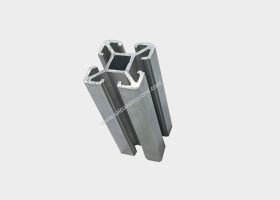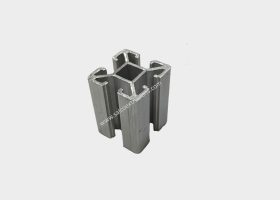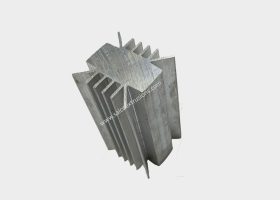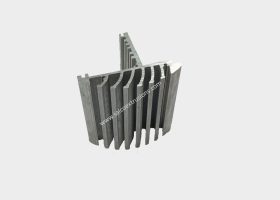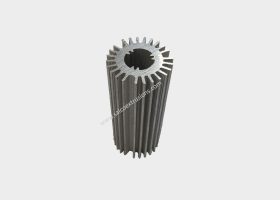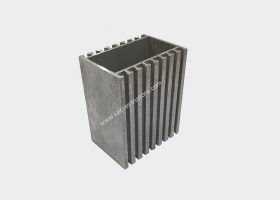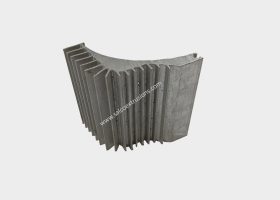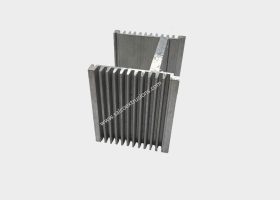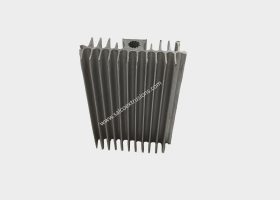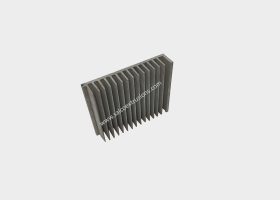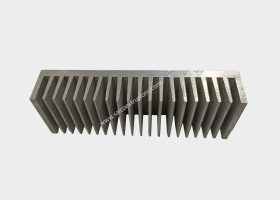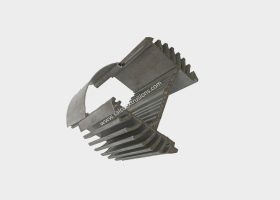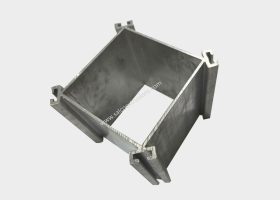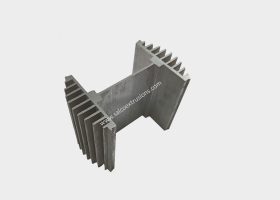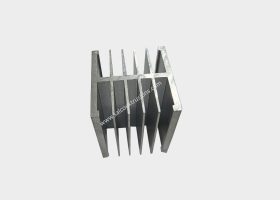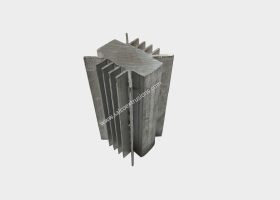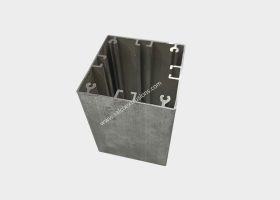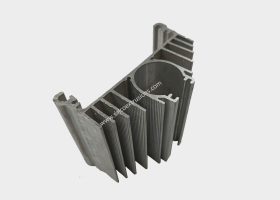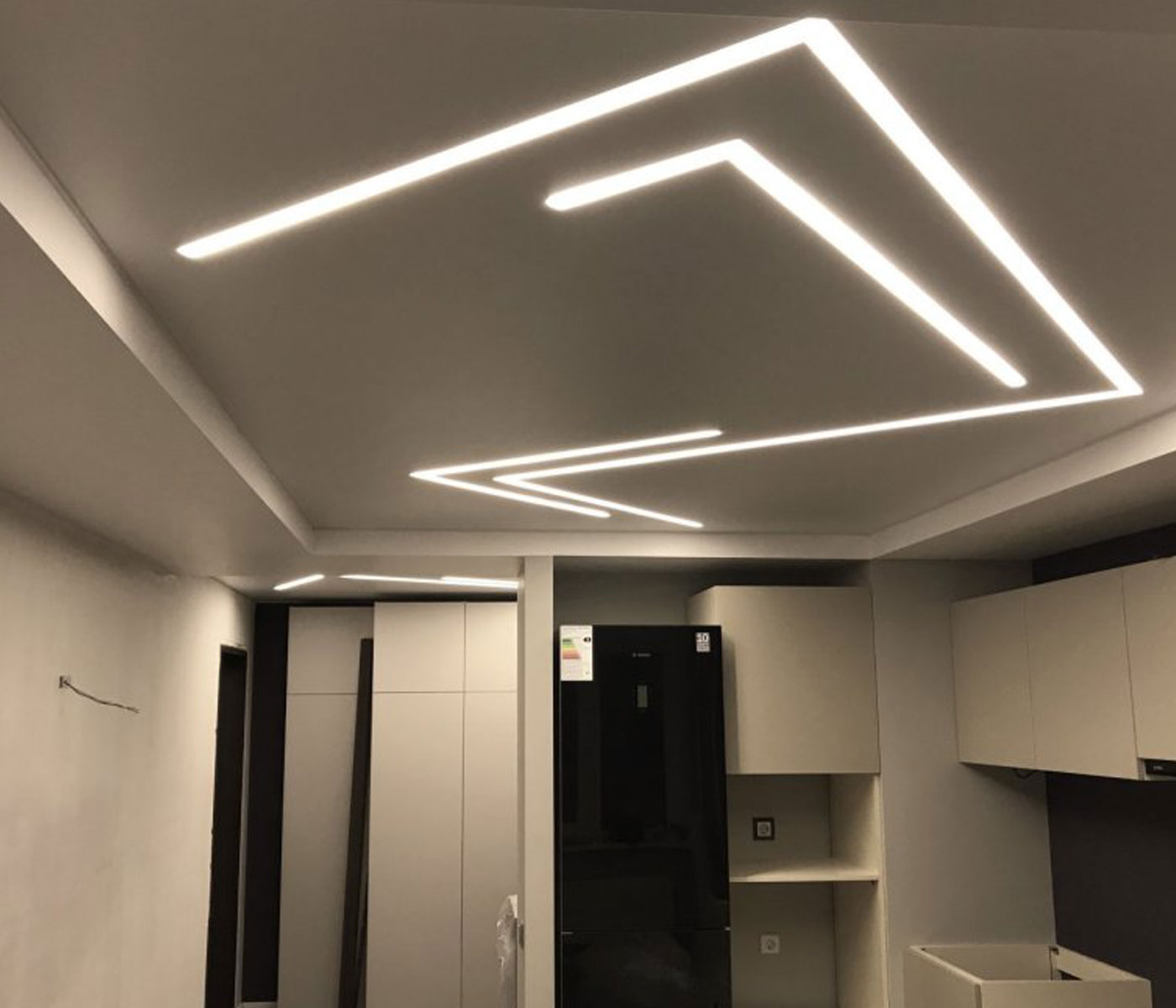
Aluminum Extrusions for Electrical & Electronics Applications
Enhancing Performance, Efficiency, and Design Flexibility
In the fast-evolving world of electrical and electronics engineering, material selection plays a critical role in determining the performance, safety, and durability of components and systems. Among the many materials used across the sector, aluminum extrusions for electrical & electronics applications have emerged as a versatile, efficient, and reliable solution for engineers and manufacturers.
With their exceptional conductivity, lightweight nature, corrosion resistance, and design adaptability, aluminum extrusions are now being widely adopted in the manufacturing of electronic enclosures, heat sinks, power transmission systems, and various structural and functional components within the electrical and electronics industries.
What Are Aluminum Extrusions for Electrical & Electronics Applications?
Aluminum extrusion is a process where aluminum alloy is heated and forced through a die to create objects of a specific cross-sectional profile. These profiles can be tailored to virtually any shape, offering design freedom and efficiency in creating parts that are strong, lightweight, and thermally conductive.
In the context of electrical and electronics applications, aluminum extrusions can be engineered to meet very specific thermal, electrical, mechanical, and environmental requirements—making them ideal for both internal and external component integration.
Key Advantages of Aluminum Extrusions for Electrical & Electronics Applications
1. Excellent Electrical Conductivity
Although copper is traditionally known for its superior electrical conductivity, aluminum provides a highly conductive alternative at a fraction of the weight and cost. For many applications—especially high-voltage and power transmission—aluminum extrusions provide sufficient conductivity while offering advantages in weight and formability.
2. Superior Thermal Management
Aluminum’s high thermal conductivity makes it ideal for use in heat sinks, LED lighting housings, and other applications where managing heat is essential. Aluminum extrusions can be designed with complex fin structures that maximize surface area, improving heat dissipation from power electronics and processors.
3. Lightweight Yet Strong
Compared to other metals like copper or steel, aluminum has a lower density, which means it’s significantly lighter while still offering excellent mechanical strength. This makes it especially valuable in electronics where minimizing weight is critical, such as in portable devices or aerospace systems.
4. Corrosion Resistance
Aluminum naturally forms a protective oxide layer that makes it highly resistant to corrosion. For outdoor or industrial applications where electronics may be exposed to moisture, chemicals, or varying environmental conditions, this corrosion resistance ensures long-term durability.
5. EMI/RFI Shielding
Aluminum extrusions can serve as effective barriers against electromagnetic interference (EMI) and radio-frequency interference (RFI), both of which can disrupt the performance of sensitive electronic devices. Properly designed enclosures made from aluminum extrusions can help contain or block such interferences.
6. Design Flexibility
With the extrusion process, manufacturers can create highly customized profiles to meet specific design requirements. Whether it’s a compact profile for a consumer electronic device or a robust frame for industrial electrical systems, aluminum extrusions offer unmatched flexibility in shape, size, and integration.
Applications of Aluminum Extrusions for Electrical & Electronics Applications Industry
1. Heat Sinks and Thermal Management Systems
One of the most common uses of aluminum extrusions for electrical & electronics applications is in heat sinks. These components draw heat away from CPUs, power transistors, LED lights, and other high-temperature devices. Extruded heat sinks can be designed with intricate fin structures to maximize surface area and improve cooling efficiency.
2. Electronic Housings and Enclosures
Aluminum extrusions are often used to manufacture protective housings for circuit boards, communication devices, battery management systems, and power modules. These enclosures offer not just physical protection, but also help with EMI shielding and thermal dissipation.
3. Power Distribution and Bus Bars
Aluminum bus bars are increasingly being used in electrical substations, switchgear, and power distribution units. They offer a cost-effective, lightweight alternative to copper, especially for high-voltage applications. Extruded aluminum profiles make it easy to produce flat, wide bars ideal for distributing current efficiently.
4. LED Lighting Systems
Modern LED lighting fixtures, including streetlights, industrial lighting, and automotive lighting, often use extruded aluminum housings. These not only provide structure but also act as heat sinks to extend the life and performance of LEDs.
5. Solar Power Systems
In solar panel systems, extruded aluminum frames support photovoltaic modules, while aluminum bus bars and connectors are used in the transmission of electrical power. Their corrosion resistance and lightweight properties are ideal for outdoor installations.
6. Consumer Electronics and Appliances
In laptops, audio systems, routers, and other compact consumer electronics, aluminum extrusions provide sleek, functional casings that contribute to product durability and performance. Their premium appearance also enhances product aesthetics.
Sustainability and Cost Benefits
Another major reason for the growing use of aluminum extrusions for electrical & electronics applications is sustainability. Aluminum is 100% recyclable without loss of its physical properties, making it a highly sustainable option. The energy cost of recycling aluminum is also significantly lower than primary production, aligning with green manufacturing initiatives.
Additionally, aluminum is more abundant and generally more affordable than copper, which further contributes to its appeal in large-scale manufacturing of electronic components.
Conclusion
As electronics become more compact, powerful, and integrated into every facet of life, the demand for materials that can keep up with performance and design requirements continues to grow. Aluminum extrusions for electrical & electronics applications offer a perfect balance of conductivity, thermal management, strength, and design versatility.
Whether it’s in power infrastructure, computing, lighting, or consumer electronics, aluminum extrusions are driving innovation by enabling smarter, lighter, and more efficient designs—positioning themselves as a critical material in the future of electronics.
